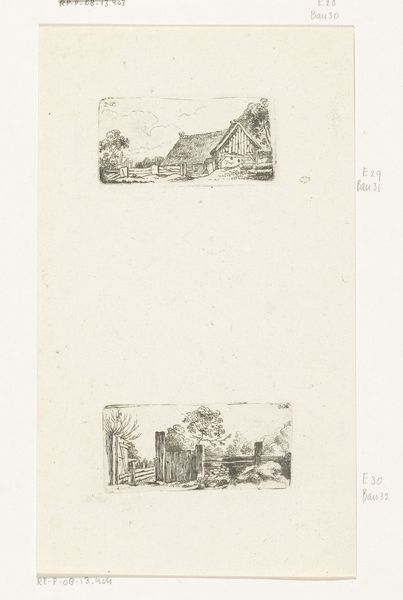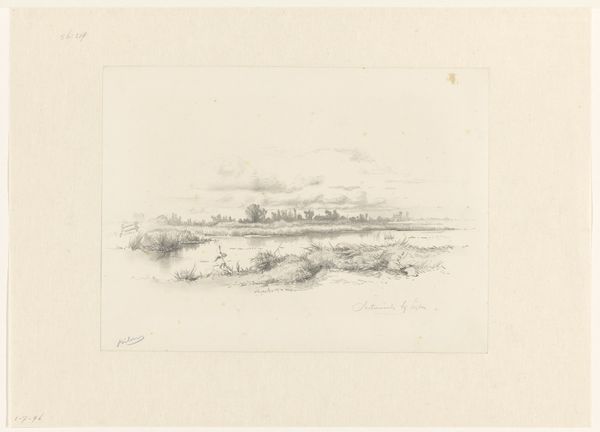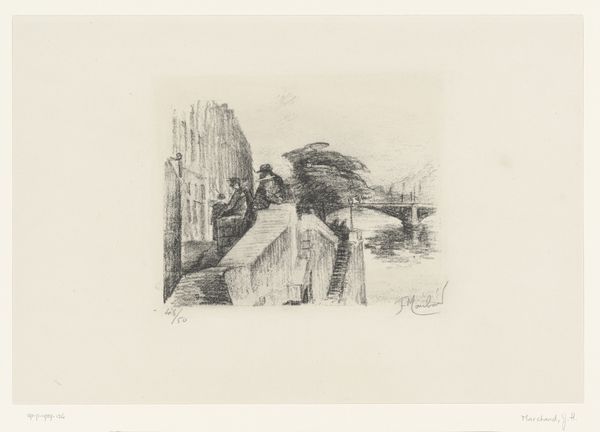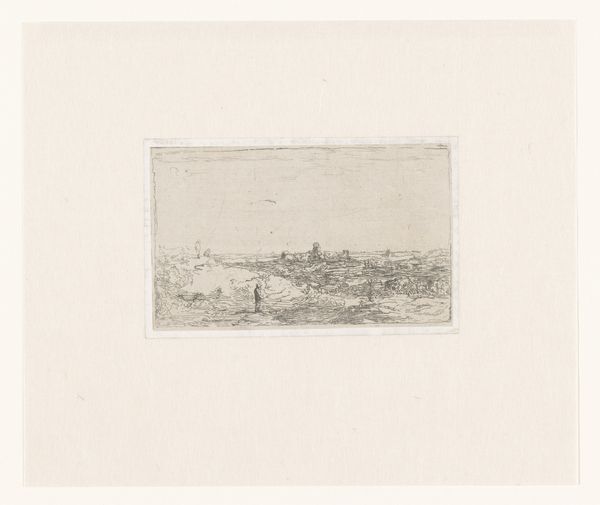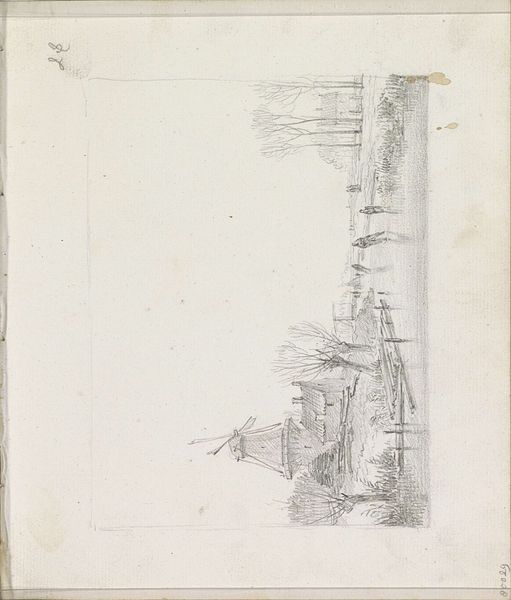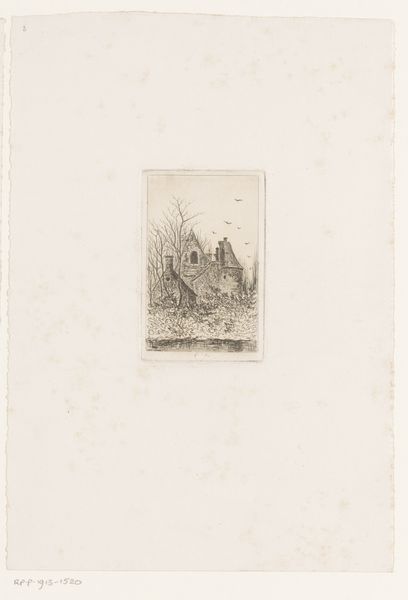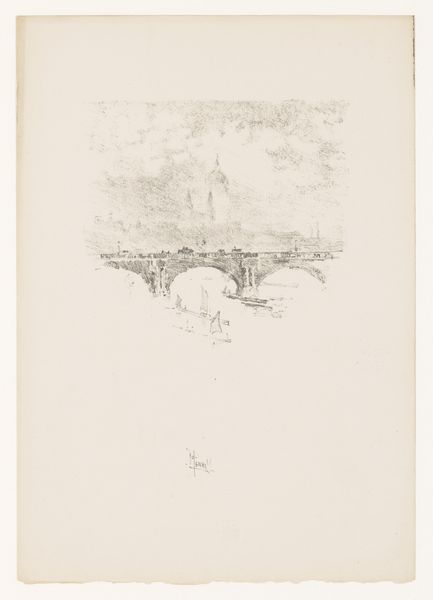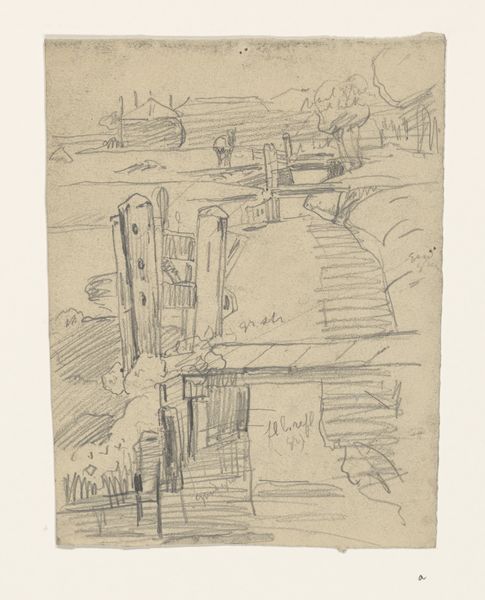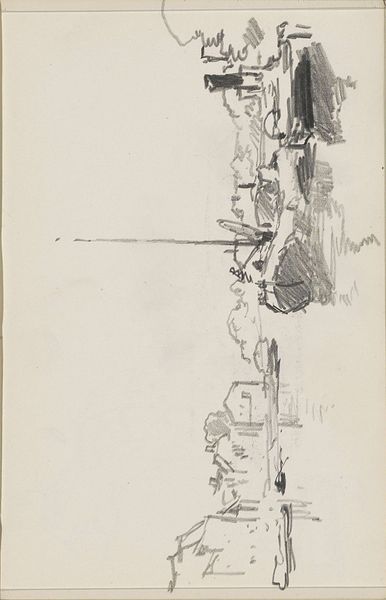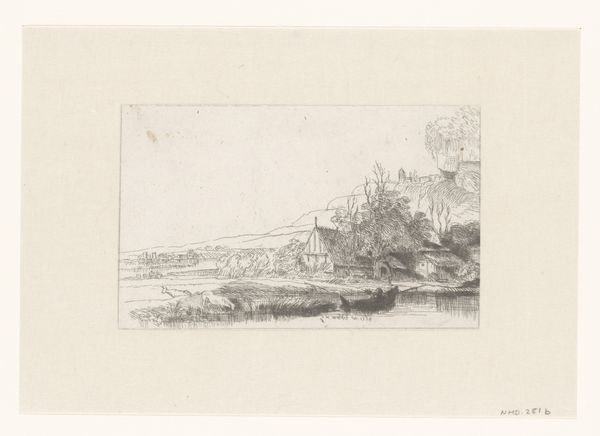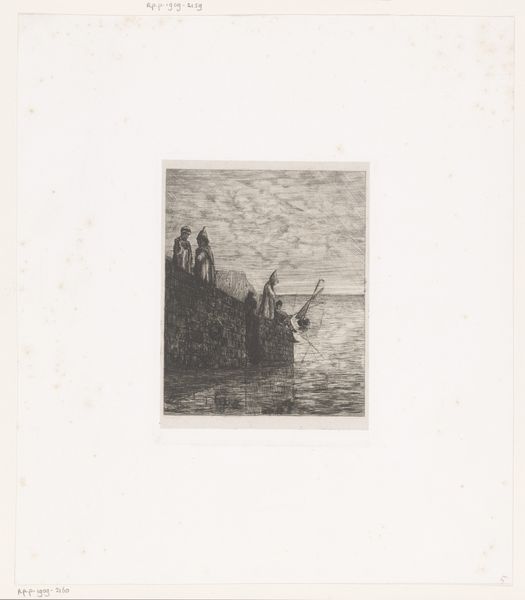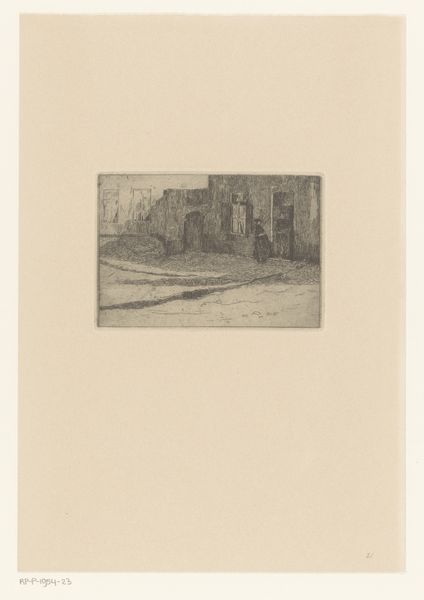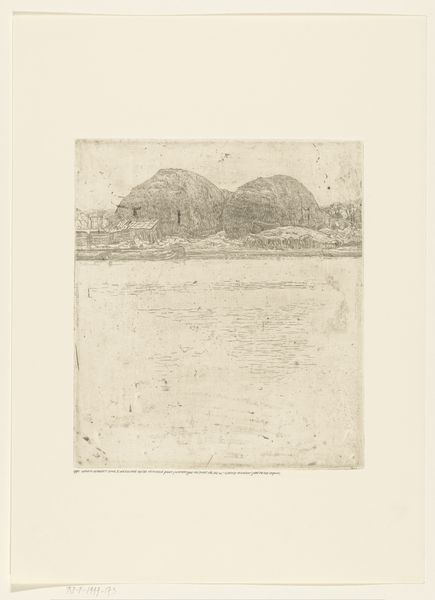
drawing, etching, pencil
#
drawing
#
etching
#
landscape
#
etching
#
pencil
Dimensions: height 480 mm, width 310 mm
Copyright: Rijks Museum: Open Domain
Anthonie Willem Hendrik Nolthenius de Man sketched these "Two Fences" using pen and paper. The fences, stark and decaying, stand as potent symbols of boundaries. But are they simply lines of demarcation? The fence, an ancient motif, appears across cultures, from Hadrian's Wall to garden walls. It signifies more than just division; it is a defense, a claim of territory, and perhaps, a statement of self. One might see it as a reflection of the psyche itself, a barrier erected against the unknown. Consider how fences have changed meaning through time. In medieval Europe, they marked the edge of the cultivated land, warding off wildness. Today, fences might enclose private gardens or secure industrial sites. This drawing invites us to consider the psychological weight of these structures. It hints at a yearning for order and safety amidst nature’s indifference. The fence, therefore, is not merely an object but a cultural and psychological artifact. It embodies our perpetual negotiation between control and chaos, between the self and the world. Its cyclical presence in art and life speaks to our enduring need to define our place.
Comments
No comments
Be the first to comment and join the conversation on the ultimate creative platform.
